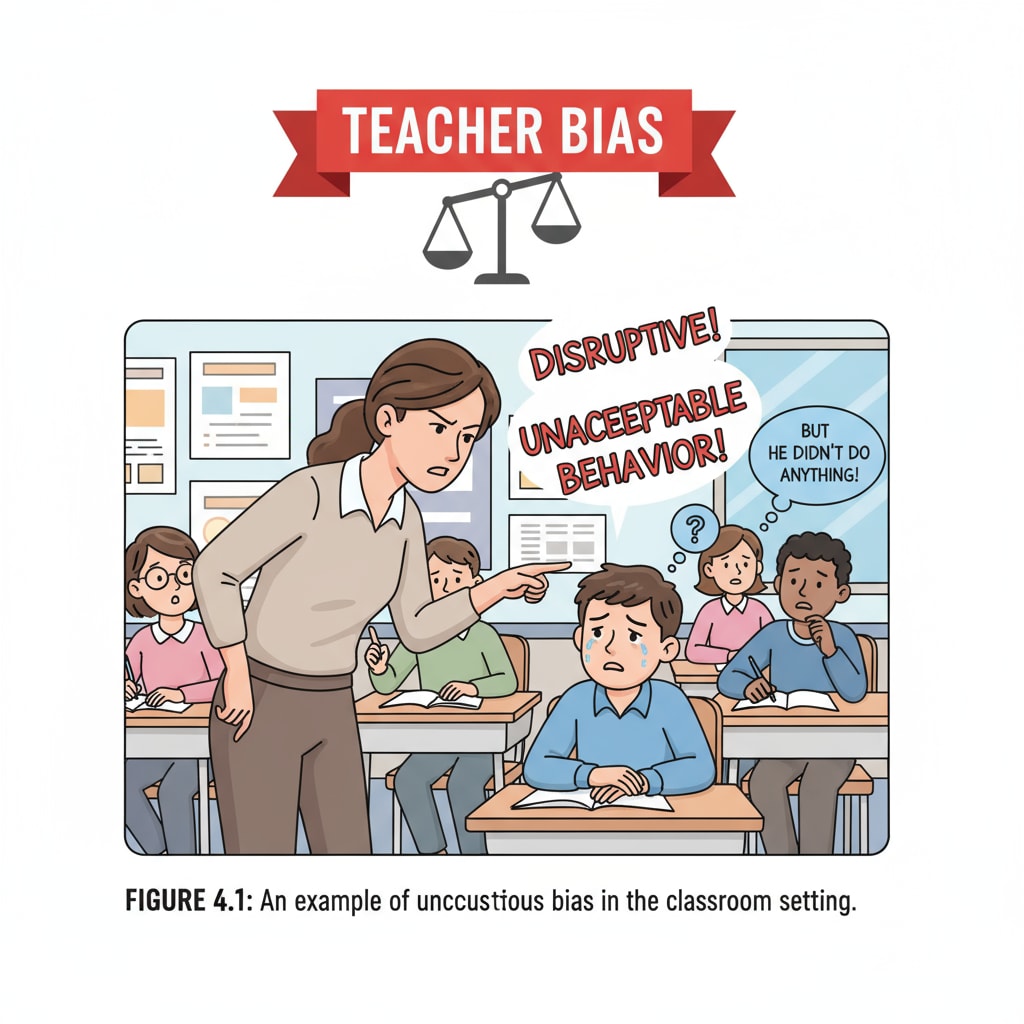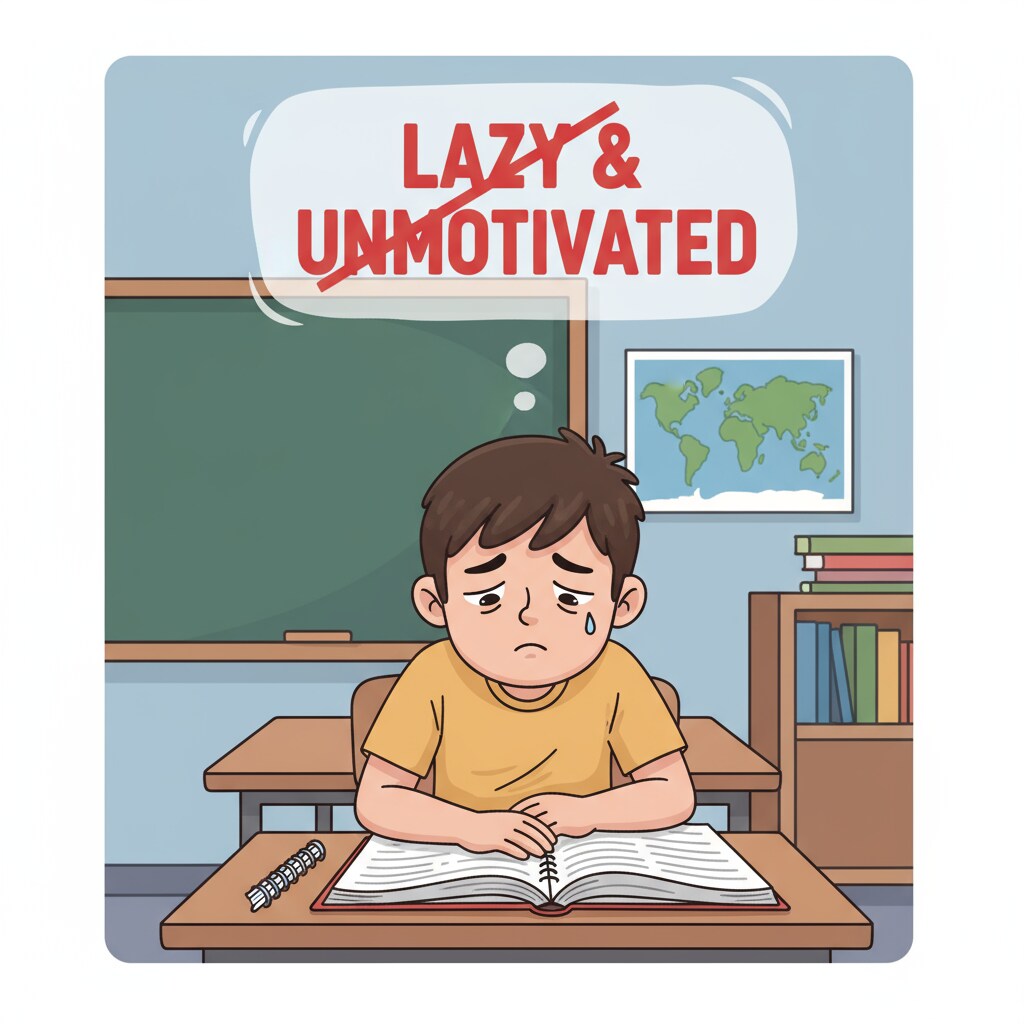School injustice, teacher bias, and student labeling are significant issues in the K12 education system that can have far-reaching consequences for students. When teachers display bias and label students, it can create a detrimental cycle that affects students’ self-esteem, academic performance, and overall school experience.

The Problem of Teacher Bias
Teacher bias can manifest in various ways. For example, some teachers may unconsciously favor certain students based on their appearance, family background, or academic performance. This bias can lead to unfair treatment, such as giving more attention to some students while neglecting others. According to the National Education Association, bias in the classroom can create an uneven playing field for students.
The Process of Student Labeling
Once a teacher forms a bias, they may start to label students. A student might be labeled as a “problem student” due to a single incident or a behavior that the teacher misinterprets. This label can then follow the student throughout their school years. As Edutopia points out, these labels can be difficult to shake off, even if the student tries to change their behavior.

The long-term effects of such labeling are profound. Students who are labeled negatively often experience a decline in self-confidence. They may start to believe the negative things said about them, which can further impact their academic performance. Moreover, their reputation among peers can also be damaged, leading to social isolation in some cases.
Readability guidance: By understanding the issues of teacher bias and student labeling, we can work towards creating a more just and inclusive educational environment. We need to address these problems to ensure that every student has an equal opportunity to succeed.


